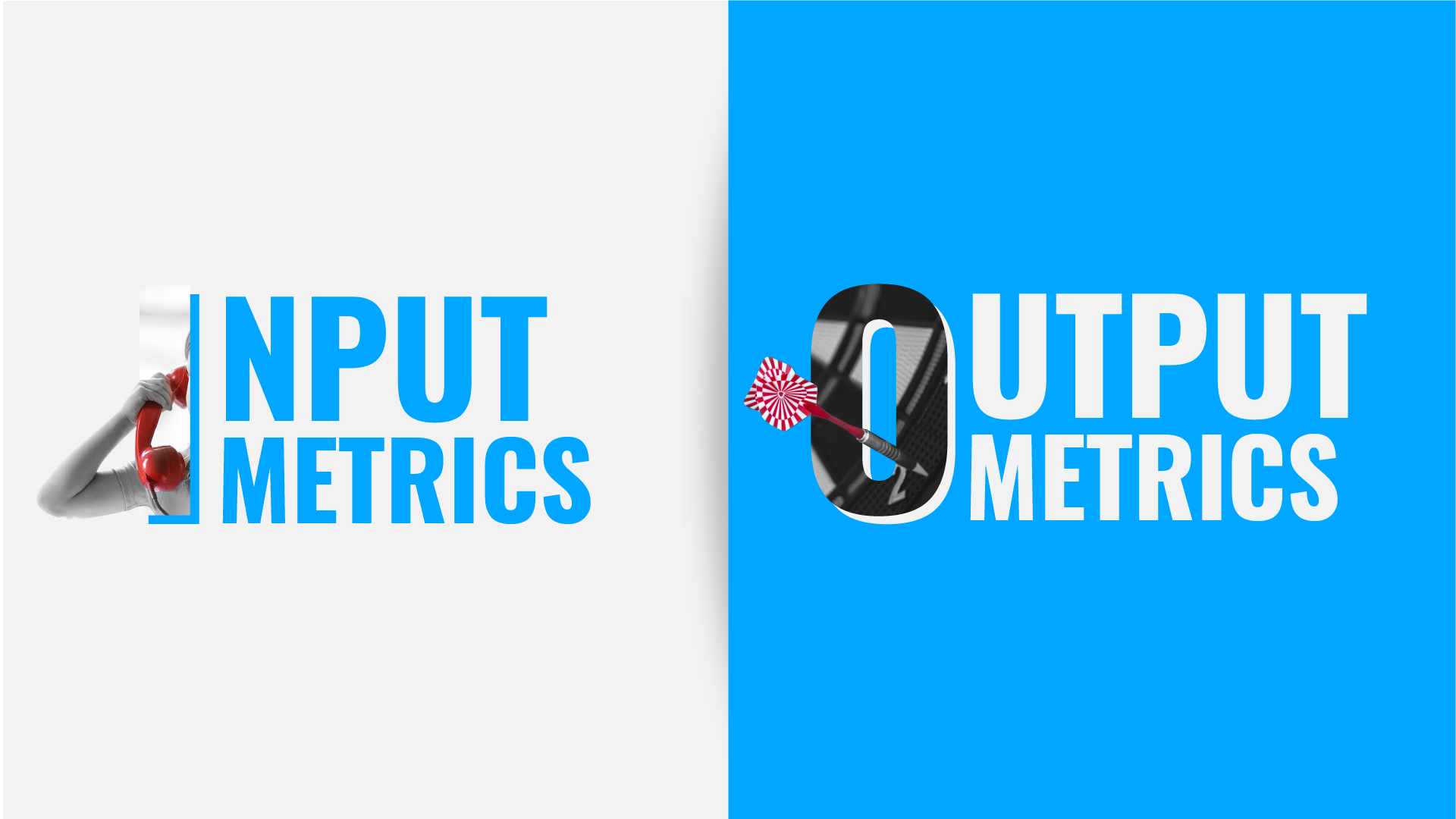How to Set The Right Price for Your Company?
The most experienced entrepreneurs know that price is the dominant factor driving profit. While profits can be increased via a number of ways, raising prices is the simplest method that yields the biggest result.
A mere 1% change in price can generate double digits change in net profit percentages.
In a study published by McKinsey & Company of the Global 1200, it was found that if a business increased their prices by just 1% and demand remained constant, the average increase in operating profits would be an increase of 11%. With this same increase in pricing, some companies even saw exponential growth in terms of the percentage of profit: Sears saw an increase of 155%, Tyson saw an increase of 81% and Whirlpool saw an increase of 35%, simply by raising their prices by 1%.
If pricing is so important, certainly it’d make sense for entrepreneurs to put some serious efforts at it, right? Unfortunately, most entrepreneurs skimp out on this opportunity and simply look around to see what everyone else is charging and set their own prices to fit within reasons of the norm. Big mistake. Tim Williams, one of my early career influencer, would say that “pricing is positioning” and they’ve just wasted a perfect opportunity.
We have told the connection among value, price and cost before. See the video to understand the structure of pricing.
So how should we go about pricing then? Here are 3 questions to help you get on the right path:
First question – What problem are you solving? Focus on the value of your service
Value, like beauty, is in the eye of the beholder.
My buddy Brian and I were chatting the other day and agreed that figuring out what problem you are trying to solve should be top of mind for all entrepreneurs. The problem and the pain that it is causing your audience would be the main component in calculating how much you can charge for your solution.
When most entrepreneurs are busy figuring out their costs and trying to guess what they should charge, the right thing to do would be to go to the source and understand the value you are creating. Remember, everyone only cares about themselves, and your customers don’t give a shit about your costs and hours spent on the solution. They care about the problem you are solving for them.
Second question – Who are your customers? Set the price of the service for your audience
A continuation of what problem are you trying to solve would be who are you solving the problem for?
The person that you are solving the problem for, how much value they place on this problem going away, as well as how much money they can actually afford will determine what price you can set. While many entrepreneurs would like to think their products or services are worth “X” and that they are in a vacuumed market of their own, they are wrong. You cannot charge more than the market will bear and that is just one of the few shitty rules everyone has to abide by.
While a small island in the Pacific might be on sale for the low price of $80,000,000 this holiday season, I am not the right buyer for it no matter how they priced it. I am the wrong audience because I just can’t afford it, even if I really wanted the island.
Third question – What do you stand for? (Brand)
While we would like to think that our frontal lobe makes us adults capable of rational decisions, we are not. If anything, scientists have proven that we are predictably irrational when it comes to most things in life. People are driven by emotions, so it is important that our brand speaks to them as such, and there is real value here that people would pay extra for.
If you think your product or service is a commodity where branding and emotions don’t apply? Take a walk down the water aisle next time you are at your supermarket. There, you will find one of the best examples of branding’s effect on price. Products like reusable grocery bags and recycled tableware are other examples that appeal to the consumer’s desire to be environmentally friendly.
Does your product and/or brand offer similar emotional value? If not, it might be worth looking into and applied to your messaging. It’ll certainly increase your value to your customers and, who knows, you might be able to charge more for it.
So there are the 3 questions to ask to help you set the perfect price for the value that you are creating for your customers. With these concepts in mind, moving your revenue by just 1% doesn’t seem to be all that difficult right?
Let’s answer the questions!
Which question helped you the most in uncovering previously undefined value? How are you going to roll out this price increase? Share here in the comments or privately with us on our website. or contact us to answer the questions together. Remember, even 1% can yield the big impact!


